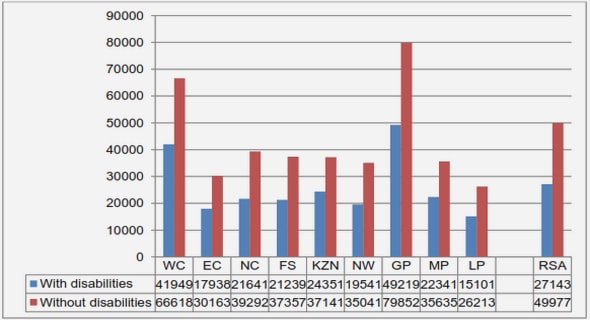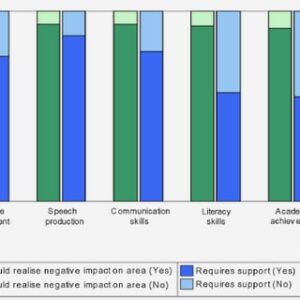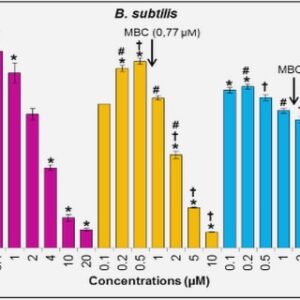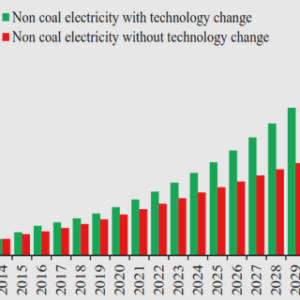(Downloads - 0)
For more info about our services contact : help@bestpfe.com
Table of contents
PART I LAND USE CONFLICTS IN DEVELOPING COUNTRIES: RESOLUTION AND PREVENTION STRATEGIES
INTRODUCTION
I. TODAY’S LAND USE CONFLICTS IN DEVELOPING WORLD
I.1. Defining tensions and conflicts
I.1.1. Dynamics of conflict analysis
I.2. Defining land use conflicts
I.2.1. Land use conflict identification
I.3. Land use conflicts in developing countries: main features
I.3.1. Research questions and hypothesis
I.3.2. Methodological considerations
I.3.3. Descriptive evidences
I.3.4. Land use conflict features in the light of regional press
II. THE COMMON APPROACHES OF CONFLICTS: RESOLUTION AND PREVENTION
II.1. Resolution and prevention strategy of land use conflicts
II.2. Land use conflict resolution strategies in the developing countries: some useful tools
II.2.1. Conflict tree
II.2.2. Conflict map
II.3. Conflict preventive measures in developing countries
II.3.1. The two dimensions of land use conflict prevention
II.3.2. Enhancing economic and natural resource development
III. CONCLUSION
REFERENCES
PART II FLAWED DEVELOPMENT PROJECTS WITH NEGATIVE SOCIO ECONOMIC AND ENVIRONMENTAL IMPACTS: THE CASE OF THE CHOTIARI RESERVOIR IN SINDH PROVINCE, PAKISTAN *
INTRODUCTION
I. BRIEF SKETCH OF THE STUDY AREA AND LAND DISTRIBUTION
I.1. Characteristics of the study area
I.2. Land use distribution
II. DEMOGRAPHIC AND SOCIO-ECONOMIC CONDITIONS
II.1. Population distribution
II.2. Level of education among local settlers
II.3. Economic activities, income sources and livelihood
III. THE SETTING OF THE CHOTIARI RESERVOIR: LOW SUCCESS IN TERMS OF WATER STORAGE BUT BIG ENVIRONMENTAL AND HUMAN IMPACTS
III.1. The role played by national and international agencies
III.2. The contrasted and deceptive impacts of flooding
III.3. Affected communities
III.4. Environmental devaluation
IV. THE CONFLICTS LINKED WITH THE CHOTIARI PROJECT: ROOT CAUSES AND MANIFESTATIONS
IV.1. Conflict causes generated by inappropriate behaviors of public authorities .
IV.1.1. Compensation and resettlement issues
IV.1.2. Environmental and ecological issues
IV.2. Controversies and oppositions
IV.2.1. The arguments and the complaints
IVI.2.2. The action of community based organizations
V. GOVERNANCE AND DECENTRALIZATION
V.1. Roles, responsibilities and effectiveness
VI. CONCLUSION
REFERENCES
PART III SOCIAL NETWORK LEGITIMACY AND PROPERTY RIGHT LOOPHOLES: EVIDENCES FROM AN INFRASTRUCTURAL WATER PROJECT IN PAKISTAN
INTRODUCTION
I. OUTLINE OF THE CASE STUDY AREA AND ACTORS INVOLVED
II.METHODS: DATA COLLECTION
III. FINDINGS
III.1. Principle controversies
III.2. Consequences of Chotiari reservoir project
IV. THE NETWORK DYNAMICS OF STAKEHOLDERS
IV.1. Social networks of local actors
IV.2. Actors with favor and opposition
IV.3. Factors created conflicts in Chotiari project
V. THE QUESTION OF PROPERTY IN LAND USE CONFLICTS
V.1. Land use under weak property regime
V.2. Property right loopholes and institutional inconsistencies: case study
VI. DISCUSSION AND CONCLUSION
REFERENCES
PART IV INEFFICIENT MULTILEVEL-GOVERNANCE AND SOCIO-SPATIAL DISREGARDS A PROXIMITY ANALYSIS: EVIDENCES, EVALUATIONS AND RECOMMENDATIONS DRAWN FROM THE EXAMPLE OF CHOTIARI RESERVOIR IN PAKISTAN
INTRODUCTION
I. STUDY BACKGROUND AND DATA COLLECTION
I.1. Case study description
I.2. Data collection and analyses
II. RESULTS AND DISCUSSIONS
II.1. Chotiari reservoir project: decision and superposition
II.2. Actors network and governance structure
II.2.1. Community to regional
II.2.2. Regional to international
II.3. International rules and laws: obligations and violations
III. AN ANALYSIS IN TERMS OF PROXIMITY DYNAMICS
III.1. Basic findings
III.1.1. Geographical proximity
III.1.2. Organized Proximity
III.2. Proximity Dynamics in the case of Chotiari reservoir
III.2.1. Geographical proximity
III.2.2. Organized proximity
IV. LAND USE CONFLICT PREVENTION RECOMMENDATIONS IN DEVELOPING COUNTRIES
IV.1. Land use conflict resolution measures: case study
IV.1.1. Consultation and follow-up procedure
IV.1.2. Expropriation, compensation and accountability
IV.1.3. Different possible land use options other than reservoir
IV.2. Land use conflict prevention recommendation for infrastructural projects in developing countries
IV.2.1. How to mobilize virtuous proximities and to avoid negative effects
IV.2.2. Technical tools and devices
V. CONCLUSION
REFERENCES
GENERAL CONCLUSION
REFERENCES




